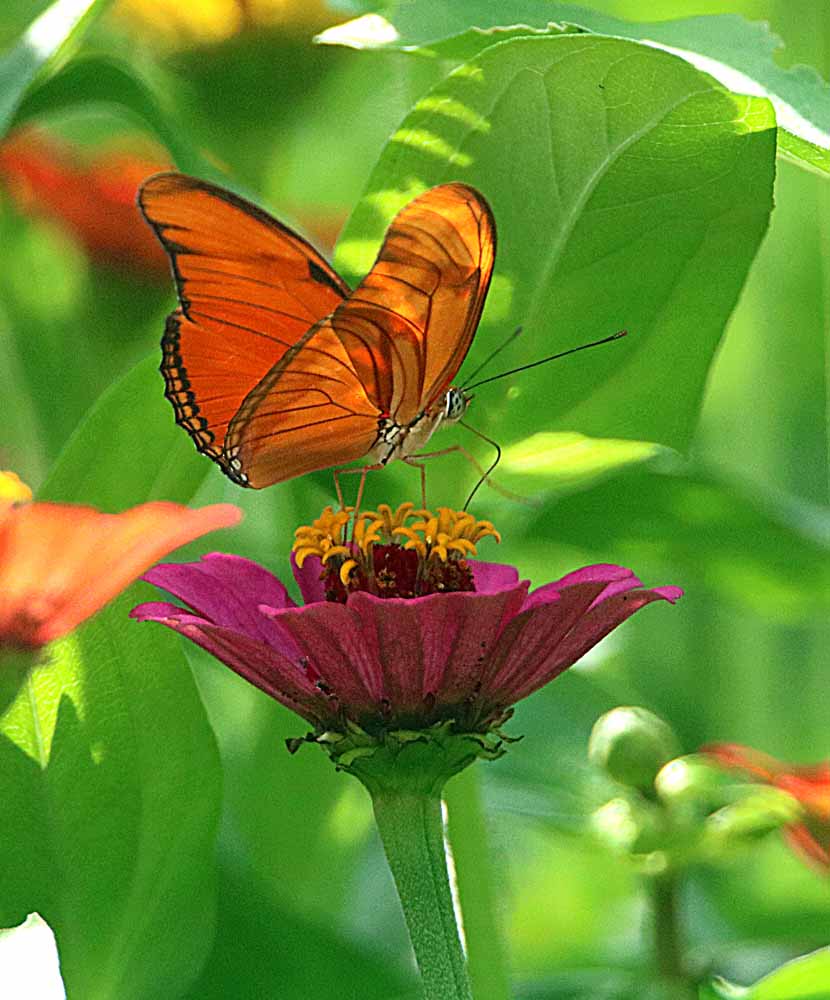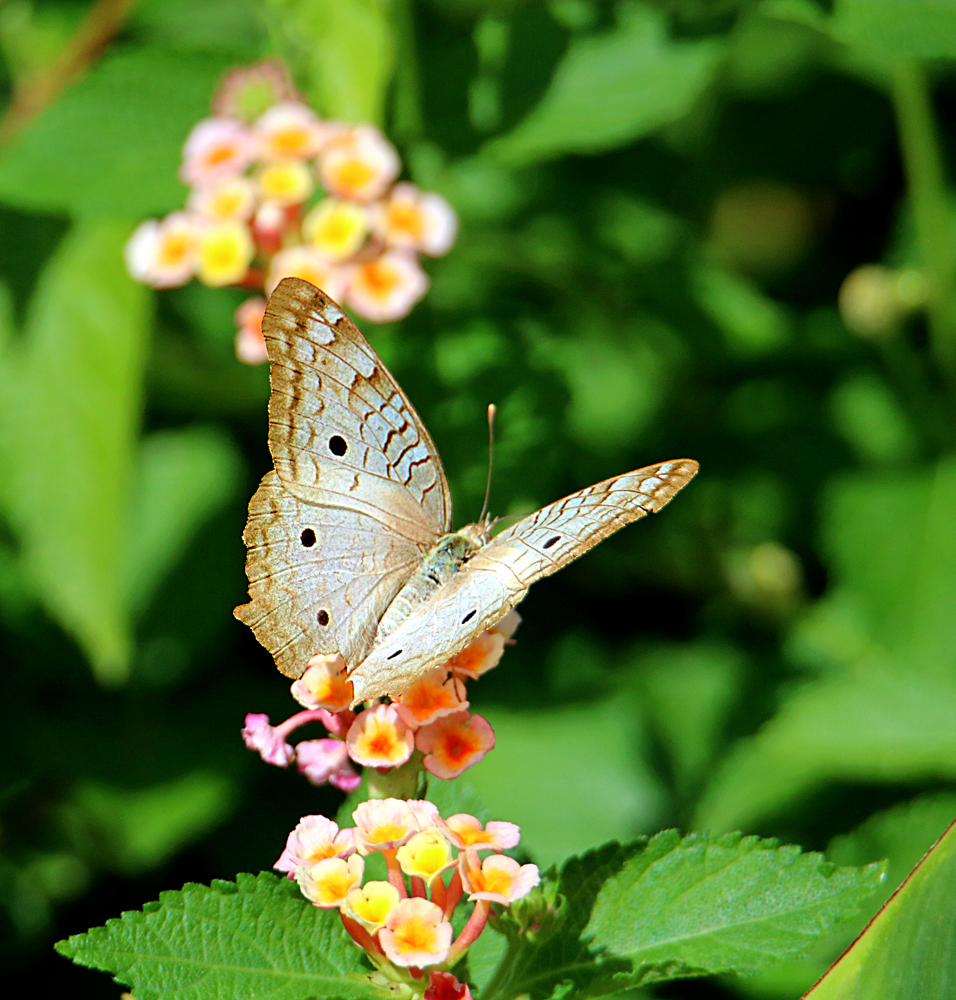
¡Pura Vida!

¡Pura Vida!
“To Bee or Not to Bee?” may be his question, as the most necessary pollinator in the world and becoming an endangered or extinct species in some parts of the world. I had fun capturing different views of this one on a wildflower in my garden. For many different species here in Costa Rica, see my Bees Gallery. And below this intro pix is a gallery of 5 images I liked from this nature moment . . .
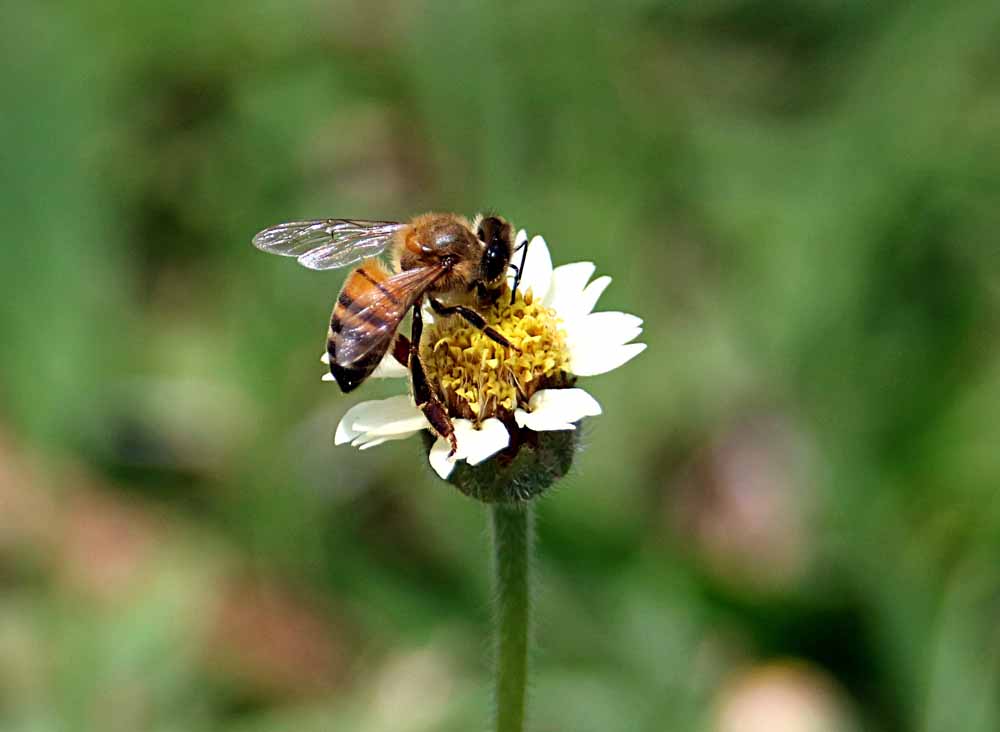
I think this is one of the more beautiful butterflies that I see all over Costa Rica and is native to Central America down through Brazil with some now in South Texas and Florida. And of course the name reminds me of my loving special needs daughter Julianne who died of kidney failure in 1997, one of a series of tragic losses back then.
See some of my other photos of this butterfly in my Julia Heliconian Gallery. Here’s 3 photos of one in my garden on May 24 . . .
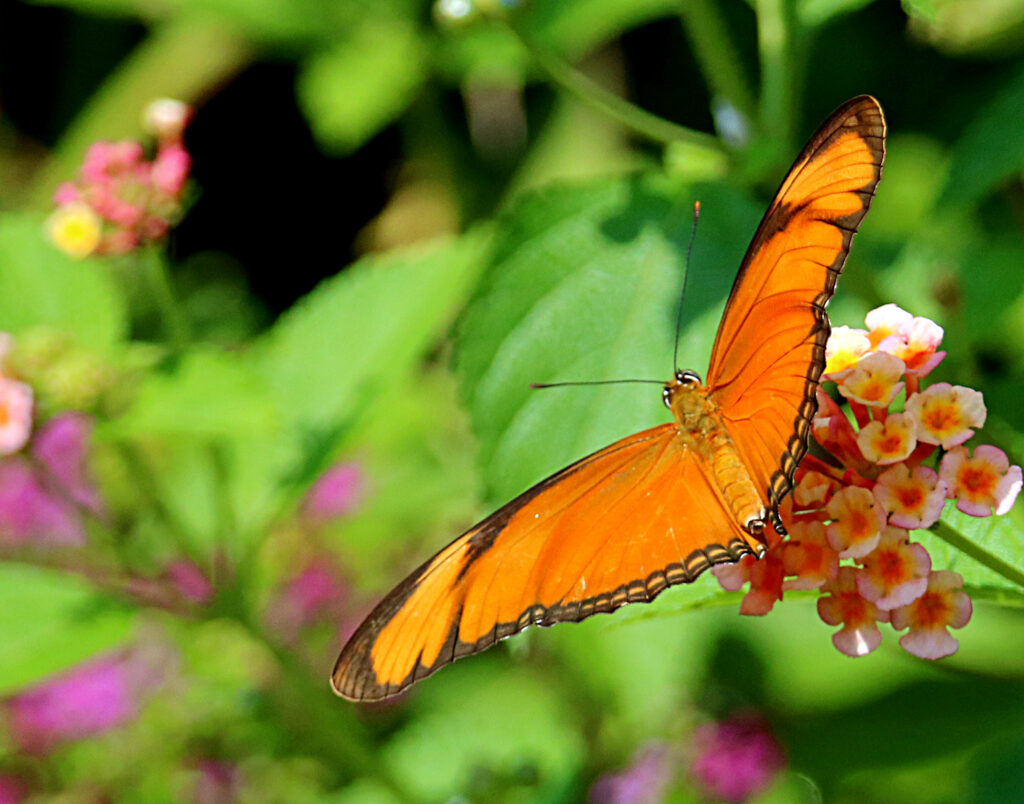
Yes, this butterfly whirls about the garden, though not with the same image of a dancer whirling her skirt about the dance floor or stage, but this fun-named skipper butterfly is fun to have in my garden now and then! See more photos, all from my garden, in my Whirlabout Gallery! They are found throughout the southeastern U.S. on south through Central America into Argentina. See others’ photos on butterfliesandmoths. Here’s one photo plus the feature at top . . .

¡Pura Vida!
The Tropical Checkered Skipper, Burnsius oilius (my gallery), is found from the southern U.S. Gulf Coast south through Central America to Argentina. Here’s some recent shots from my garden . . .
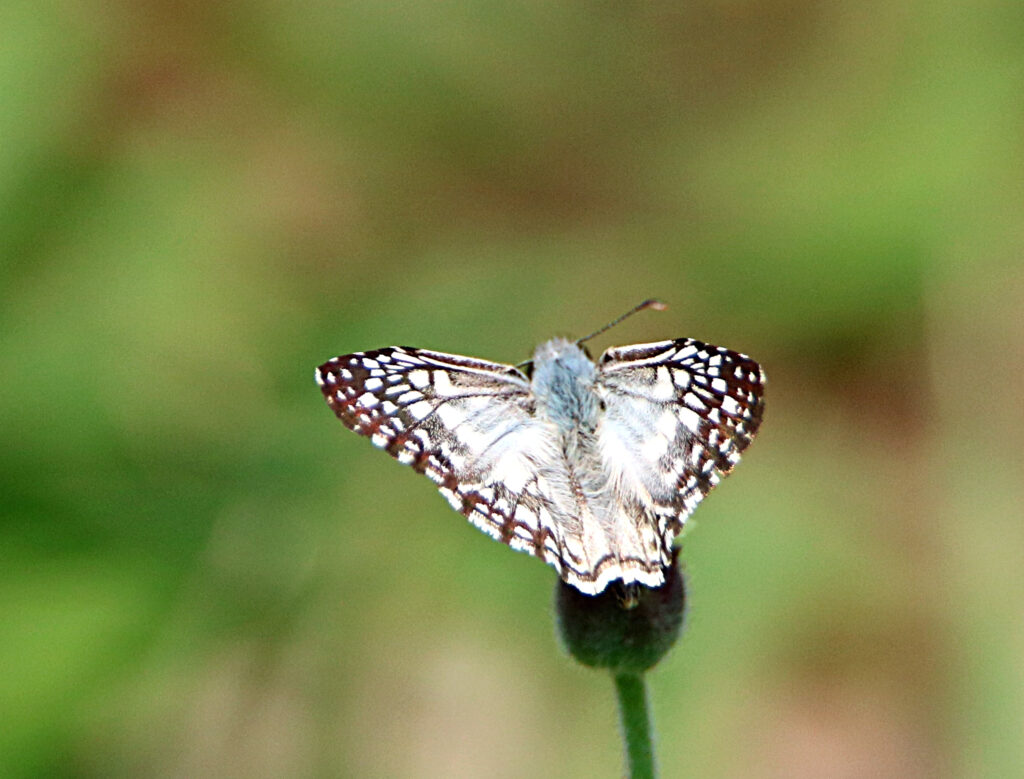
One of my regulars at home, but haven’t shared one in awhile! 🙂 Here’s 3 views of this tiny thumbnail-sized butterfly in my garden . . .
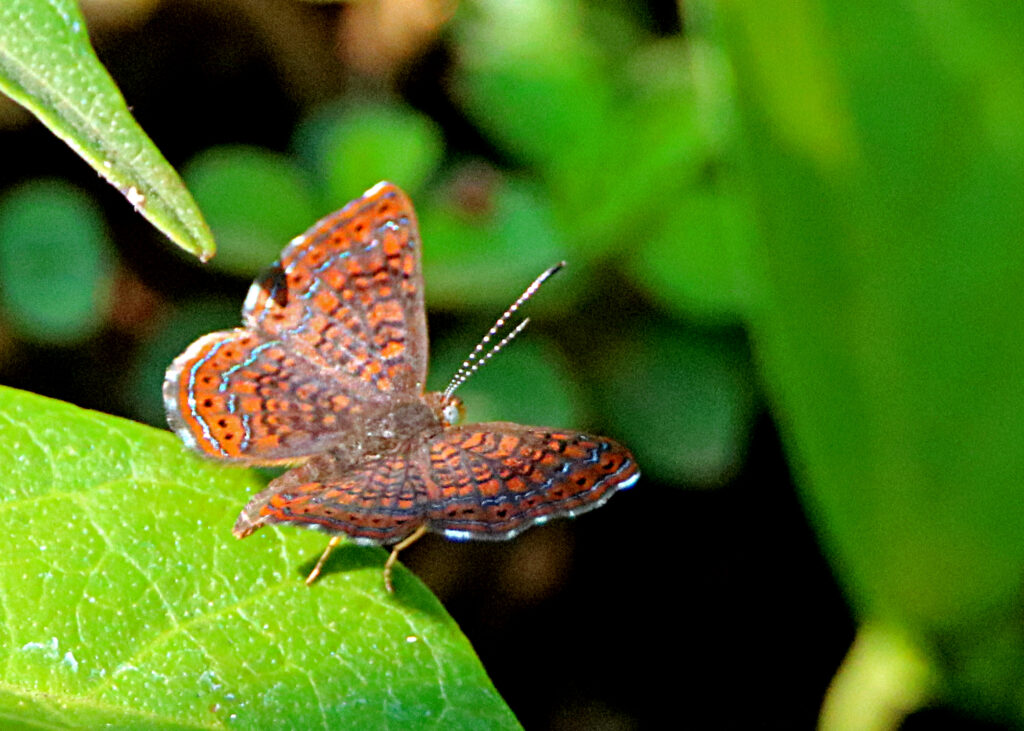
When I first came to Costa Rica, I had trouble identifying this species, but I’m relatively certain now, with specific characteristics: Turquoise tips on their antennae, yellow spot behind each eye and at joint of each hind wing, bluish-gray body, plus the dark brown or black “arrow-head” trim on the forward wings. The males are otherwise solid white while the females have a slight brownish hue to the white. You can see the differences in my Great Southern White Gallery. These photos are of a male. To help you see all the characteristics, I’ve included here from a recent sighting in my garden, 3 views: Top of wings, bottom of wings and a folded wings side view, the three views I try but seldom get when photographing all butterflies. 🙂
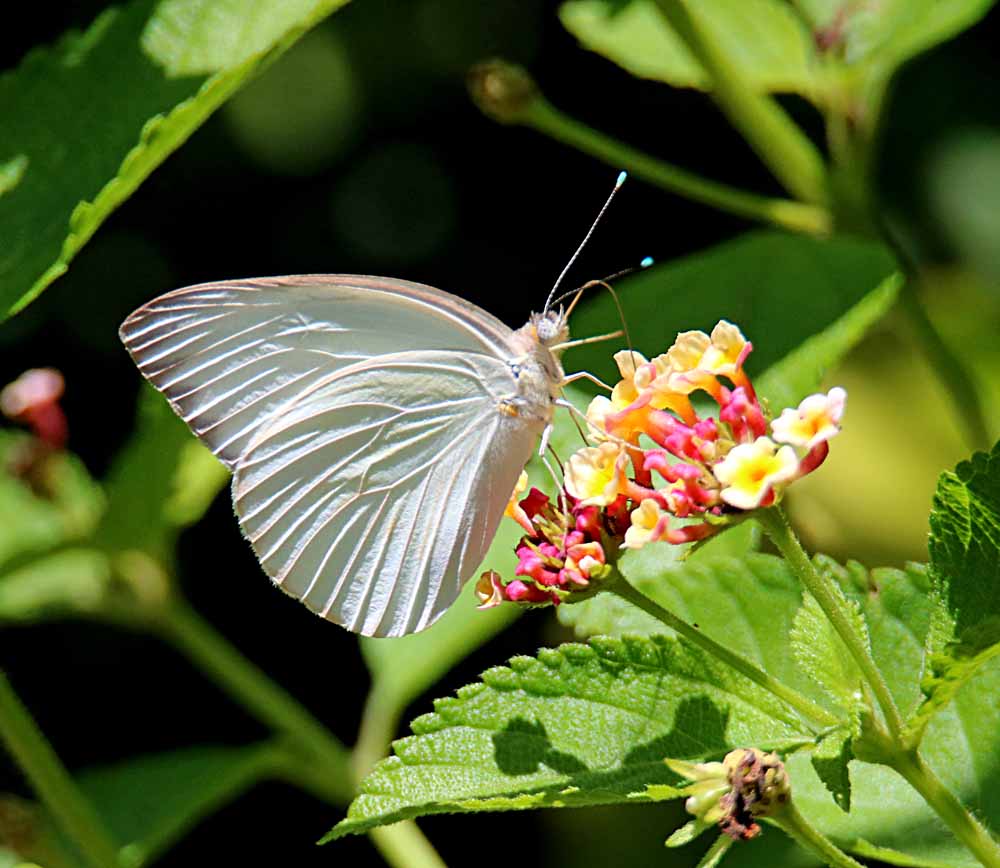
This is a first sighting for me of the Heliopetes arsalte, Veined White Skipper (linked to butterfliesandmoths.org) or you can see more shots from this sighting in my garden in my own Veined White Skipper Gallery. Here’s 3 different views of this butterfly . . .

These four shots from my garden are all of a female who is the one with the brown trim on top of wings, while males are generally all yellow and easy to confuse with other yellows, especially if they have spots. 🙂 They are Dina Yellow, Pyrisitia dina, (linked to my gallery of them).
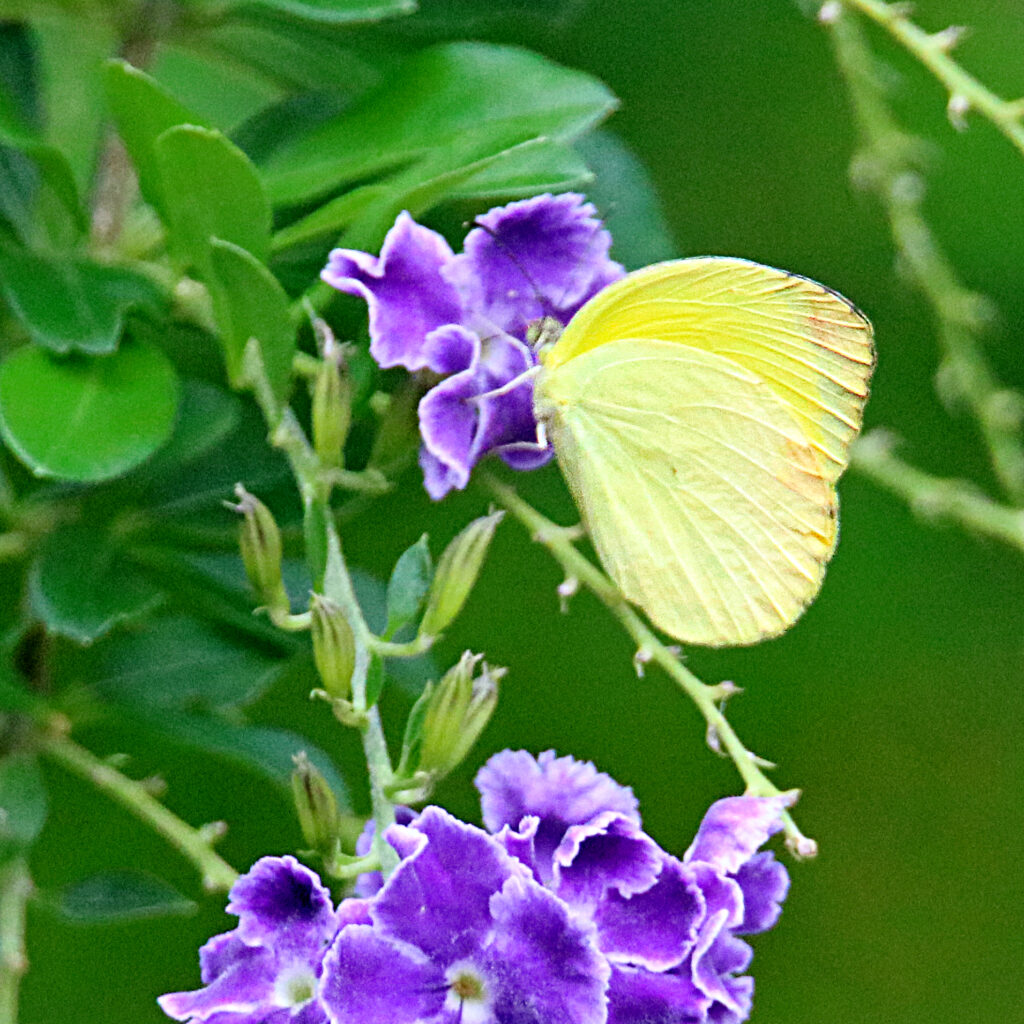
My neighbor and landlord “K,” who goes by the initial since his name is hard for some to say, recently planted a mass of zinnias on a hill behind his house and he invited me over to photograph the butterflies the flowers attract. In 15-20 minutes I photographed 13 species and that was not all of them! Here’s just 8 of the photos that I liked. One shot for the email and a gallery below that . . .
